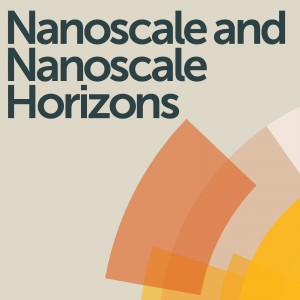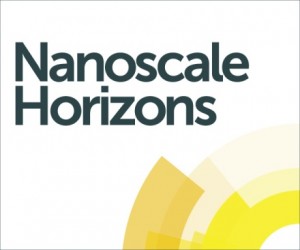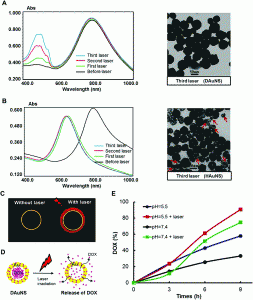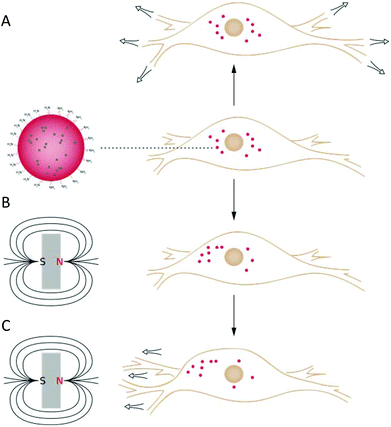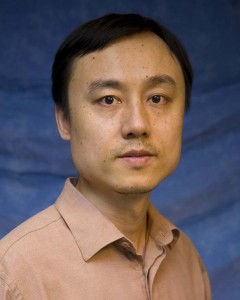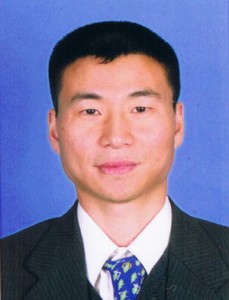The Nanoscale Editorial Office is delighted at the success of the Nanoscience Symposium which occurred at the ChinaNANO 2015 conference in Beijing from 3rd-5th September. This one-day symposium included talks from the Nanoscale Associate Editors about their latest research covering topics such as carbon nanomaterials, nanoelectronics, bionanomaterials, nanophotonics, nanoclusters and nanocrystals.
Some articles submitted to Nanoscale from delegates of the ChinaNANO 2015 conference can be found below.
Surface coating of siRNA-peptidomimetic nano-self-assemblies with anionic lipid bilayers: Enhanced gene silencing and reduced adverse effects in vitro
Xianghui Zeng, Anne Marit de Groot, Alice Sijts, Femke Broere, Erik Oude Blenke, Stefano Colombo, Willem van Eden, Henrik Franzyk, Hanne M Nielsen and Camilla Foged
Nanoscale, 2015, DOI: 10.1039/C5NR04807A
Strong metal-support interaction in novel core-shell Au-CeO2 nanostructures induced by different pretreatment atmospheres and its influence on CO oxidation
Zhihua Wang, Huifen Fu, Ziwei Tian, Dongmei Han and Fubo Gu
Nanoscale, 2015, DOI: 10.1039/C5NR06929G
Fabrication of ultra-thin silicon nanowire arrays using ion beam assisted chemical etching
Zhiyuan Tan, Wenjia Shi, Chungang Guo, Quan Zhang, Liang Yang, Xiaoling Wu, Guo-an Cheng and Ruiting Zheng
Nanoscale, 2015,7, 17268-17273, DOI: 10.1039/C5NR02876K
Ethanol-assisted gel chromatography for single-chirality separation of carbon nanotubes
Xiang Zeng, Jinwen Hu, Xiao Zhang, Naigen Zhou, Weiya Zhou, Huaping Liu and Sishen Xie
Nanoscale, 2015,7, 16273-16281, DOI: 10.1039/C5NR04116C
There was a great turn-out and we received a lot of useful feedback from the attendees.
A prominent highlight of the event was the reception organised by the Royal Society of Chemistry to celebrate the launch of Nanoscale Horizons as well as the Nanoscale and Nanoscale Horizons partnership with the National Center for Nanoscience and Technology (NCNST) in Beijing which included cutting an enormous cake!
















